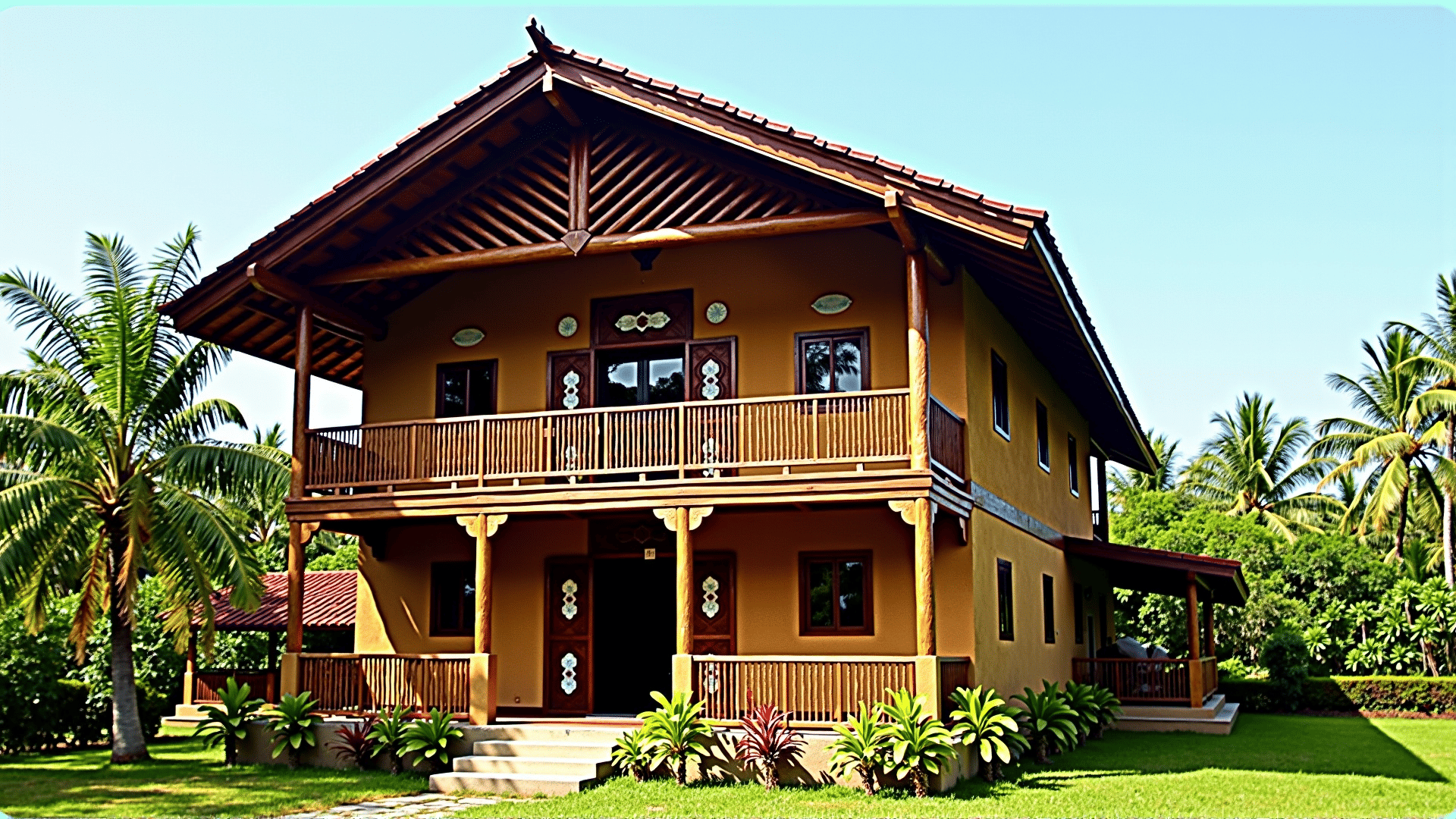One cannot help but be captivated by the timeless allure of Filipino ancestral houses, which stand as proud guardians of the past amidst the hustle and bustle of modern life. These heritage homes, often lovingly preserved by generations, offer an enchanting glimpse into the artistry and craftsmanship that define the Philippines’ rich cultural tapestry.
These structures are more than just physical spaces; they tell stories of the eras they have witnessed. Typically built during the Spanish colonial period, these casas showcase a beautiful blend of indigenous and foreign influences. Known for their distinct architectural style, Filipino ancestral houses often feature wide wooden staircases, intricately carved wooden details, and spacious living areas. Materials like narra and mahogany, chosen for their durability and elegance, are commonly used.
A notable feature of these houses is the bahay na bato (house of stone) design, where the lower floor is constructed with stone or brick, providing structural integrity and protection against the elements. Atop this sturdy foundation is a wooden upper level, designed with expansive windows embellished with capiz shells. These translucent shells ingeniously diffuse the harsh tropical sunlight, filling the interior with a gentle, luminous glow.
The roofs are equally remarkable, with steep pitches designed to allow rainwater to easily run off, a necessity in the tropical climate. Beneath the roof, the wide eaves provide valuable shade, helping to keep the interiors cool. This sustainable approach to design demonstrates an adaptation to the environment that is both practical and sophisticated.
Inside these homes, one can find a mix of functional and decorative highlights. Ventanillas, or small windows beneath the larger windows, allow for additional airflow, improving ventilation in the humid climate. The open-plan interiors, characterized by large rooms connected by expansive halls, offer fluidity and space, ideal for both familial intimacy and social gatherings.
Furthermore, ancestral houses are often surrounded by lush gardens, adding a serene and verdant touch to the grandiose architecture. These gardens not only enhance the aesthetic beauty but also provide a tranquil retreat from the heat and the modern world outside.
As one strolls through these historical homes, they become more than architectural wonders; they emerge as vessels of history, embodying the spirit and resilience of the Filipino people. Each creaking floorboard, each faded photograph displayed in a corner, holds memories and moments shaped by tradition, community, and culture.
Preserving these homes is akin to safeguarding a vital piece of the nation's heart, where past and present coexist harmoniously. For anyone lucky enough to enter one of these spaces, it is an invitation to step back in time and experience the grace and charm of a legacy that continues to inspire.
